Observation and maintenance are crucial for rain gardens as their dynamic nature can require continuous adaptation depending on its environment. SuDS can help bring communities together. This is especially the case if the community has been involved in the SuDS design process and residents have ownership of the ongoing maintenance.
The Power of Nature-Based Solutions in Building Climate Resilient Streets
In the face of a rapidly changing climate, urban planners and environmentalists are turning to innovative strategies to ensure our cities remain livable, sustainable, and resilient. One of the most promising approaches emerging from this intersection of urban planning and environmental science is the integration of Nature-Based Solutions (NbS) into the design and structure of our streets. But what makes NbS so powerful, and how can they transform our urban landscapes into climate-resilient havens?
Bioswales: SuDS Solution to Urban Stormwater Management
Bioswales aren't just another landscaping trend: they're a beacon of hope in our urban jungles. Bridging the gap between aesthetics and functionality, these green channels offer a sustainable approach to managing stormwater. In a world grappling with climate change and rapid urbanisation, understanding the magic of bioswales could be the key to crafting resilient cities. Explore the transformative power of bioswales in today's urban landscapes.
Green Infrastructure: Creating Sustainable and Resilient Urban Environments
Discover the transformative world of green infrastructure planning with Meristem Design. From stunning living walls to innovative rain gardens and biodiverse green roofs, our projects showcase the power of nature-based solutions in enhancing urban spaces. Explore the benefits of biophilic design, the magic of rain garden SuDS planters, and the allure of parklets that invigorate public spaces.
The Power of Urban Greening in Combating Air Pollution
Air pollution is rapidly emerging as a critical environmental health issue, prompting the public to become more aware of its dangers. Discover how urban greening, including parklets, greenery, and plants, can contribute to improving London's air quality. Explore the benefits of trees, living walls, and rain gardens, and learn about the role of biophilia and green infrastructure in creating a healthier and more sustainable city.
How can green infrastructure improve air quality in urban areas?
Green infrastructure can be defined as the natural vegetative systems and green technologies that collectively provide the community with a multitude of environmental, economic, health, and social benefits. This includes: Rain gardens, SuDS, Bioswales, Green roofs, green walls, Urban forests and woodlots.
Why you should invest in a Green Roof
Green roofs or also commonly known as living roofs, are becoming more and more popular in the urban environment. This is due to their economic and environmental benefits, as well as the added bonus of creating a garden space for properties with little outdoor area. Land is a valuable asset in cities and is commonly utilised to its maximum capacity.
Greening Up The High Streets
Our high streets are struggling to compete with online retailers and the change in buyers shopping habits.
What can we do to help entice people to visit our high streets?
Greenery! Healthy streets help get people outdoors and down the high streets. Additionally, reducing cars by having more pedestrianised areas.












